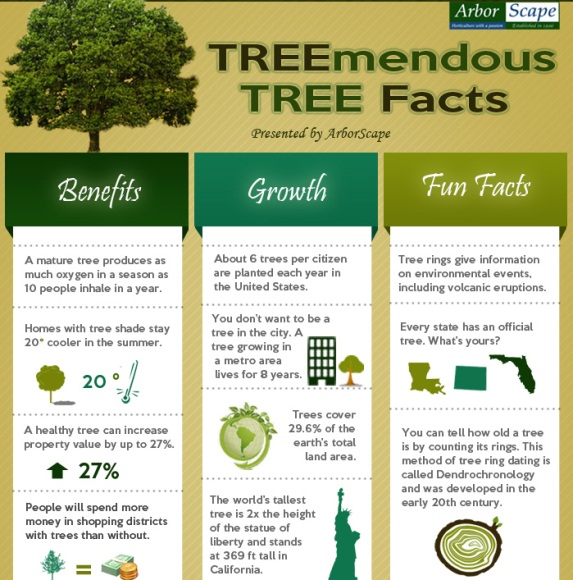Take Notice Of Critical Indicators That May Disclose Your Tree Threatens; Being Informed About These Can Aid Protect Your Home And Loved Ones.What Should You Look For Following?
Take Notice Of Critical Indicators That May Disclose Your Tree Threatens; Being Informed About These Can Aid Protect Your Home And Loved Ones.What Should You Look For Following?
Blog Article
Writer-Troelsen Enemark
When it comes to tree treatment, acknowledging the signs that it's time for elimination is necessary for your safety and building. You could see stained leaves, wilting branches, or odd fungal growths suggesting health issue. Structural issues, like a significant lean or fractures in the trunk, can also pose threats. Understanding these indication can aid you make educated decisions regarding your trees and protect against prospective dangers hiding in your yard. What should you try to find next?
Indications of Degeneration and Disease
When you discover indications of degeneration and condition in your trees, it's important to act rapidly. Look for tarnished fallen leaves, wilting branches, or unusual developments like fungi. These can indicate that your tree is having a hard time.
If you see splits in the bark or soft, mushy wood, these signs and symptoms suggest internal decay. Furthermore, an abrupt rise in bugs around your tree can indicate that it's damaged and susceptible.
Check for any kind of dead or dying arm or legs, as they present a risk to your building and security. If you're uncertain concerning what you see, seeking advice from an arborist can provide clarity.
Addressing these indications early can conserve you from more extensive damages and make sure the health of your lawn. Do not wait up until it's far too late.
Structural Instability and Leaning
As you observe your trees, keep an eye out for any kind of indicators of architectural instability or leaning. If a tree leans considerably, it may show that the root system is endangered.
Look for any kind of splits in the trunk or dirt around the base; these can signal prospective failing. Additionally, check for uncommon growth patterns, like a lopsided crown, which might suggest that the tree is struggling to hold itself upright.
If you discover that the tree favors your home, power lines, or other frameworks, it presents a better risk. Do not overlook these signs-- seek advice from an arborist to analyze the situation.
Acting early can stop pricey damages and guarantee your safety and security.
Dead or Perishing Branches and Foliage
If you observe dead or passing away branches and vegetation on your tree, it's a clear indicator that something's incorrect.
These harmful areas can suggest underlying issues like disease, insect infestations, or environmental tension. When branches lose their fallen leaves or turn brownish, they're no longer adding to the tree's health and wellness. Disregarding these signs could bring about more decline, making your tree much more dangerous.
Dead branches can conveniently break off during tornados, presenting a danger to property and individuals nearby. It's important to examine the extent of the damage.
If the trouble affects a substantial part of the tree, take into consideration speaking with a professional. https://www.google.com/maps/uv?pb=!1s0x87695392e3f6d517%3A0xc91102aef5ddf5d8!5sPrecision%20Timber%20Felling!15sCgIgARICEAE&authuser=2&imagekey=!1e10!2sAF1QipNpqscAyQBZWu4yTIhHZqKqcIcScD4VDQwjsyUS can aid figure out if removal is required to make sure safety and keep the beauty of your landscape.
Final thought
If you observe any indicators of degeneration, structural instability, or dead branches on your trees, do not ignore them. How To Prune Guava Tree can posture significant safety and security risks to you and your building. It's always best to consult an expert arborist that can provide an expert assessment of your trees. Taking action early can protect against mishaps and pricey damage, guaranteeing your landscape continues to be secure and healthy and balanced. Remember, it's far better to be proactive about tree treatment than to wait for a calamity to occur.
